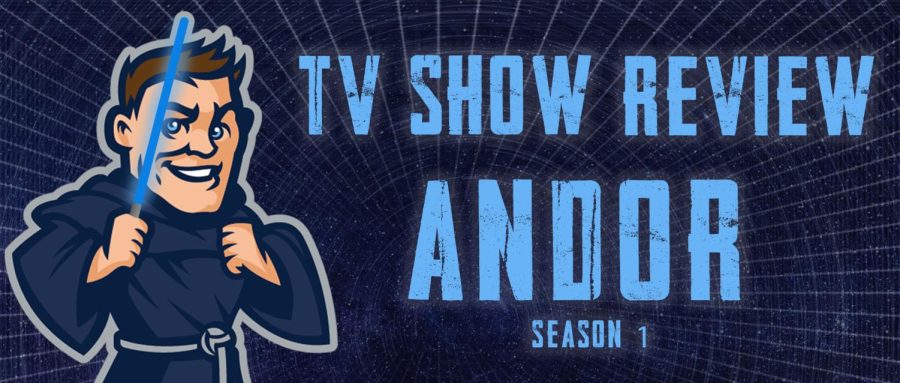Social media is undoubtedly one of the most influential additions to society in living memory, and perhaps as revolutionary as the introduction of the printing press for the purposes of disseminating information.
However unlike the printing press, social media allows anyone across the globe with internet access to contribute to, view, and comment on information at the speed of light.
At the user’s fingertips lies the power to share unlimited quantities of information with hundreds of millions of people across the world.
This power coupled with the nearly limitless supply of information that the internet has to offer, provides the opportunity to share groundbreaking and even lifesaving information.
However there is a certain negative implication of extensive social media usage which affects all of us, and can be quite dangerous if ignored.
This problem is inaccurate, unverified, and informal news reporting and information sharing via social media figures, both unintentional and intentional.
News in print has a problem. According to an American Press Institute poll of over 1,000 Americans between the ages of 18 and 34, Millennials get nearly 75% of their news from online sources. With social media becoming an ever-larger part of the average Millennial’s life, it is reasonable to say that much of this news comes from informal and often unverified news sources.
Even reliable news sources on popular social media sites such as Twitter can become unreliable, as tweet after tweet eventually distorts an original report into something akin to the result of the popular children’s game, “whisper down the lane.”
Most young people active on social media are more interested in what their favorite athlete or artist has to say, rather than what CNN or Fox News has to report. One parting glance at a tweet or Instagram post from a celebrity on a hot topic can turn into millions of views through retweeting or sharing among social media communities. Unfortunately in the heat of the moment, impassioned audiences seldom feel the need to dive any further into the issue.
Emotions and misinformation spread like wildfire, fueled by the power of thousands jumping on an ill-informed bandwagon before the facts can be brought to light. The Ferguson and Baltimore riots and the social media firestorm they created are prime examples of this dangerous trend.
Before indictments could be made or investigations could be started, numbers of impassioned people took to the internet and the streets. These people acted on raw emotion sparked in the first few hours over social media, before ANY facts were exposed.
In these extreme examples, violence and even bloodshed was the result of what can only be referred to as emotional impulses and blatant ignorance.
Social media has a magnitude of uses and the potential to be an enormous boon to mankind. However, it should never be the sole source of factual information for our younger generations, nor should people believe that the number of times something is shared determines its veracity.






